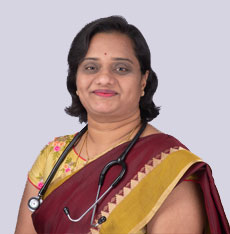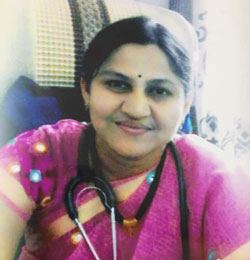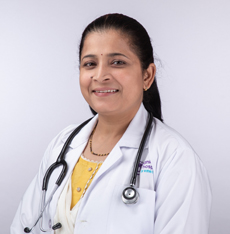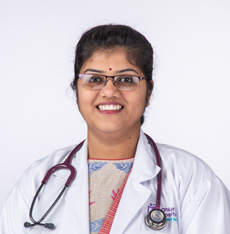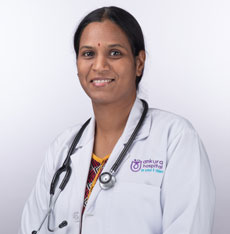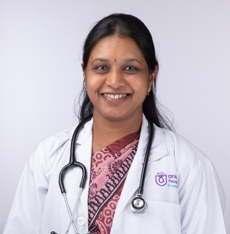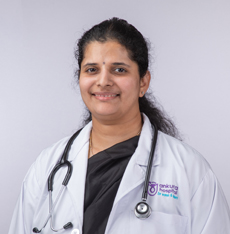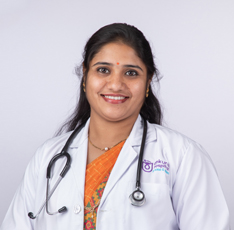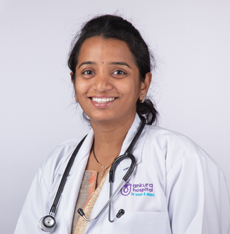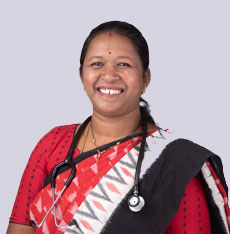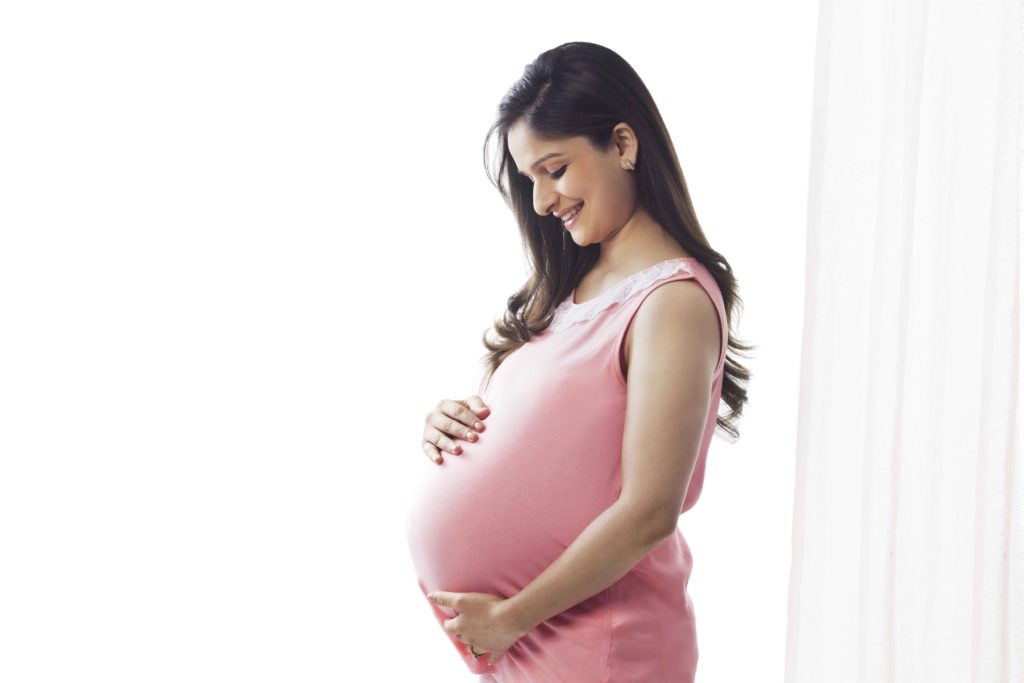
Pregnancy Trimesters
A typical pregnancy lasts 40 weeks, starting from the first day of the last menstrual period (LMP) to the birth of the baby. It is divided into three stages, called trimesters: The first trimester, the second trimester, and the third trimester, each of these trimesters are marked by specific fetal developments.
A pregnancy is considered full-term at 40 weeks; infants delivered before the end of week 37 are usually considered premature.
First Trimester (0 to 13 Weeks)
The first trimester is the most essential for a baby’s development. During this time, which is the start of pregnancy, the hormone levels change significantly. Most miscarriages and birth defects also occur during this period. After successful implantation of the fetus in the womb, the womb which is referred to as the uterus begins to support the growth of the placenta and the fetus.The body adds to its blood supply to carry oxygen and nutrients to the developing baby, and the heart rate increases.
One may not look pregnant during the first trimester but the body is going through many changes as it accommodates a growing baby. These changes cause a lot of symptoms like nausea, fatigue, breast tenderness, and frequent urination.
The growing baby develops all of its organs by the end of the third month, thus, this is the most significant time. At this time, it is important to maintain a healthy diet, including adding an adequate amount of vitamins in order to prevent neural tube defects. Smoking and alcohol consumption should strictly be avoided. These habits and any drug usage might result in serious pregnancy complications and birth abnormalities.
Second Trimester (14 to 26 Weeks)
With the rapid growth of the uterus in order to accommodate the developing baby, the size of your abdomen increases and you can expect a baby bump, during this trimester!
In this trimester, one will have decreased nausea, better sleep patterns, and an increased energy level. However, there will be a whole new set of symptoms, such as back pain, abdominal pain, leg cramps, constipation, and heartburn.
It is during this period that the doctors usually test for gestational diabetes which can be detected between weeks 26 and 28 of pregnancy. For such a test, one has to report to the hospital after overnight fasting for a blood sample examination. At the hospital, one will be instructed to drink a high-glucose substance. After drinking it, one has to wait for an hour before having blood drawn to test the glucose levels again. This test will ensure that the body reacts properly to sugar during pregnancy.
It is during the same trimester, somewhere between 16 weeks and 20 weeks, that the baby’s movements will be noticeable.
Third Trimester (27 to 40 Weeks)
Now, this is the final stretch of pregnancy. A few physical symptoms during this period include shortness of breath, hemorrhoids, urinary incontinence, varicose veins, and insomnia.
The doctor will regularly test urine for protein, check blood pressure, listen to the fetal heart rate, measure the fundal length and check hands and legs for any swelling. Your doctor will also determine the baby’s position and check the cervix in order to monitor how your body is preparing for childbirth.
It’s important to see a healthcare provider regularly to ensure the best outcome. Getting regular prenatal care is important during each trimester. A doctor can help in making sure the growing baby is meeting their developmental milestones, and that the woman is healthy. Babies born to people who receive regular prenatal care have much better outcomes.
By taking your prenatal vitamins, attending doctor’s appointments regularly, and undergoing all recommended tests, you’re doing everything you can to give your baby a healthy start in life.
Get In Touch With Us
Please feel welcome to contact our friendly reception staff with any general or medical enquiry. Our doctors will receive or return any urgent calls.


